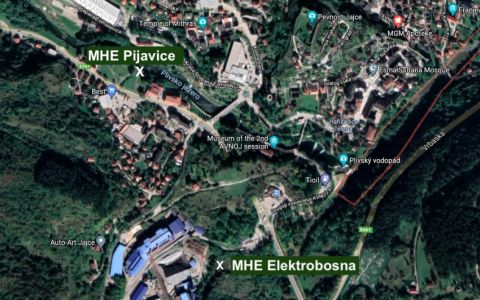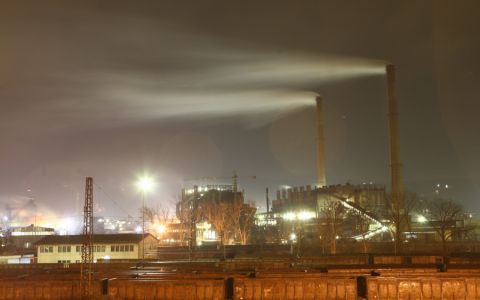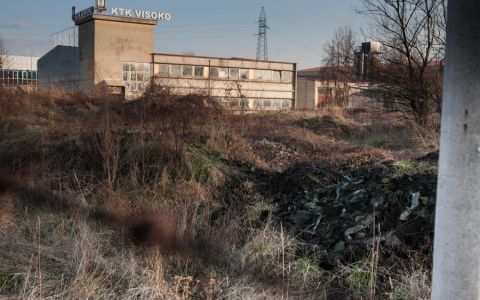Kakanj is an industrial city located about 40 km northeast of Sarajevo. A large coal-fired power plant, several coal mines and limestone quarries are located nearby. The mines are both surface and underground and produce coal for the power plant and for shipment throughout the country.
The energy sector is traditionally very important to Bosnia and Herzegovina which used to be a great producer of energy and raw materials for the other parts of the former Yugoslavia. The country has a surplus of generation capacity based on coal mining and processing, although a large number of hydroelectric power plants was introduced between 1945 and 1990. The energy sector (with about 45 per cent of coal in total primary energy supply) is the dominant source of GHG emissions in BiH.
Mines in Kakanj
Coal, exclusively lignite and brown coal, is mined in opencast and subsurface mines. Kakanj mining area has both - surface mines like Vrtlište and underground mines like Haljinići. Sub-bituminous coal is quarried annually in amount of 1.170.000 tons mostly for supplying the TPP Kakanj (95% of the coal supplies the TPP).
Coal mining
Coal mining has a negative environmental impact: soil destruction as a result of opencast mining, land filling of overburden and washing residue from the mines. Effluent from the coal purification and other mining operations, as well as leaks from dumps are polluting water bodies and threatening groundwater, because effluent treatment plants are virtually non-existent. Opencast mines in the area are estimated to cover approximately 12,800 ha and waste from mining operations is estimated to occupy some 6,000 ha. Besides, the combustion of coal causes massive emissions of SOx due to high sulphur content in coal (up to 4%).







